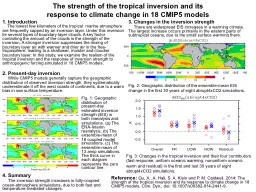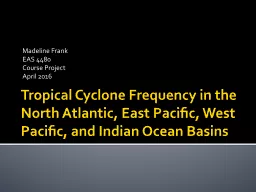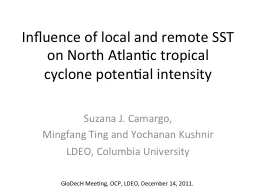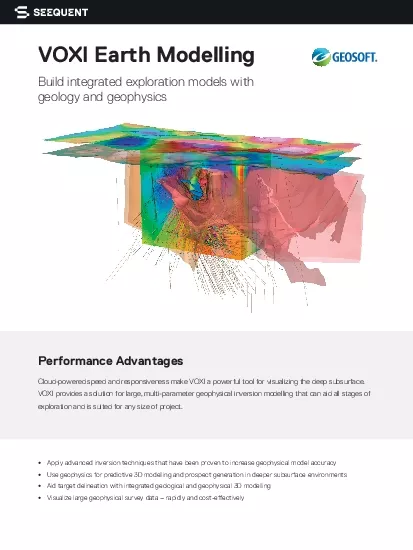PPT-The strength of the tropical inversion and its response to
Author : mitsue-stanley | Published Date : 2016-03-03
1 Introduction The lowest few kilometers of the tropical marine atmosphere are frequently capped by an inversion layer Under this inversion lie several types
Presentation Embed Code
Download Presentation
Download Presentation The PPT/PDF document "The strength of the tropical inversion a..." is the property of its rightful owner. Permission is granted to download and print the materials on this website for personal, non-commercial use only, and to display it on your personal computer provided you do not modify the materials and that you retain all copyright notices contained in the materials. By downloading content from our website, you accept the terms of this agreement.
The strength of the tropical inversion and its response to: Transcript
Download Rules Of Document
"The strength of the tropical inversion and its response to"The content belongs to its owner. You may download and print it for personal use, without modification, and keep all copyright notices. By downloading, you agree to these terms.
Related Documents














